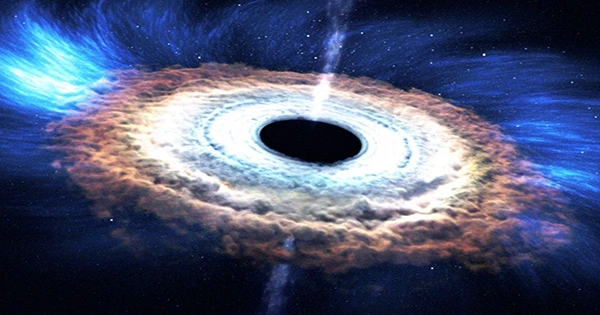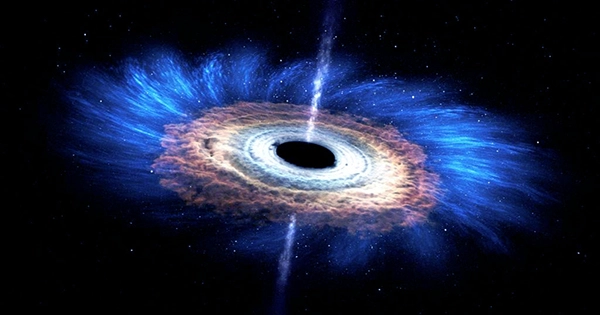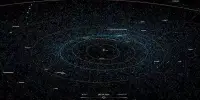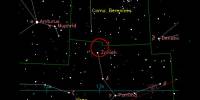Stars are torn to pieces when they approach supermassive black holes too closely. A tidal disruption event is what is happening here (TDE). After the star is destroyed, the material starts to erupt. We can see the debris whirling around the black hole and lighting up as the star is torn apart by the strong gravity. However, in the instance of AT2018hyz, something extraordinary and unprecedented occurred. The star was torn apart, and debris flew everywhere. The black hole then released material once again three years later.
According to the primary author of a recent publication, Yvette Cendes from the Center for Astrophysics | Harvard & Smithsonian, “this caught us entirely by surprise – no one has ever seen anything like this before.”

AT2018hyz was not regarded as noteworthy when it was originally discovered in 2018. The emission was in line with a black hole tearing apart a tiny star with a mass one-tenth that of the Sun. But the researchers noticed this object flare up once more and in an extraordinary way when they searched for other TDEs.
The black hole’s material jet was propelled to around half the speed of light. That is five times faster than the majority of TDE outflows. Whatever is occurring in this system is undoubtedly strange.
Edo Berger, professor of astronomy at Harvard University and the CfA and co-author of the new study, stated: “We have been studying TDEs with radio telescopes for more than a decade and sometimes find they shine in radio waves as they spew out material while the star is first being consumed by the black hole.
On the other hand, AT2018hyz was radio silent for the first three years until suddenly becoming one of the most radio-bright TDEs ever detected.
Intriguing questions concerning the behavior of supermassive black holes are raised by the finding of such an event. These cosmic giants are messy eaters, as astronomers have long known, but it appears that their feeding habits are still a mystery.
This is the first instance in which the time between feeding and outflow has been so delayed, according to Berger. The following step is to investigate whether this actually occurs more frequently and whether we have simply not been observing TDEs at an appropriate stage of their development.
















